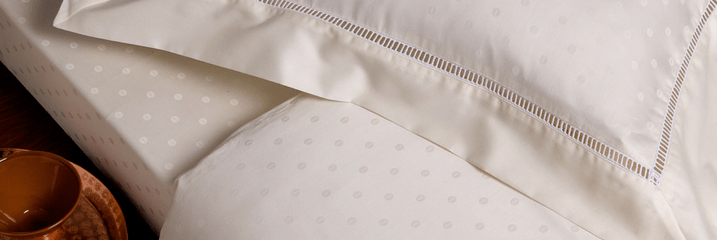I’m sure you’ve heard it before – sleep is absolutely key if you want to perform optimally at work. Get a solid seven hours, and you just might be at your most productive and creative the next day.
So how can you start prioritizing the one simple thing major figures like Arianna Huffington have been espousing for so long? Easy. We’ll take you through a few critical steps.
#1. Optimize your sleep environment
The smallest details could make a huge difference when it comes to getting great sleep. For instance, the ideal temperature for sleep is between 60 and 69 degrees, and it’d be best to eliminate any distracting noises. Additionally, bear in mind that high-quality mattresses are designed to last 10 years, at most, and that next-level, allergy-compliant pillows could be a major comfort game changer.
#2. Set a bedtime alarm
I came across this idea on the Happier podcast, and realized how odd it is to set alarms for waking up, but not to help ensure we get enough rest!
So, when should you set your alarm for? Here’s how to figure that out. Write down:
a) the time you want to wake up every day, then
b) the number of hours of sleep you need, as well as
c) how long it takes you to get ready for bed, accounting for showering, teeth-brushing, prepping for the next day, taking care of family members, and anything else.
Add the figures for “b” and “c,” then count back from the time you designated for “a.” So, if I wanted to wake up at 6 a.m. every day, get seven hours of sleep, and have one hour to get ready for bed, I’d set my alarm for 10 p.m. It’s that simple. The hard part, of course, is actually dropping everything we’re doing to get ready for bed once the alarm goes off…
#3. Avoid blue lights for at least two hours before bed
Have you heard that blue light, commonly emitted from computers and phones, can have an adverse effect on sleep? That’s because it messes with our natural rhythms, as confirmed by research at Harvard and many other institutions. So what can you do? The clearest answer is to avoid your devices for at least two hours before bed. But if that’s too difficult, at least dim the brightness on them instead. There’s even a built-in iPhone feature to help you automate this process!
#4. Have tools on hand that will help you fall (and stay) asleep
If you ever struggle with insomnia, this next resource could help: a free podcast called Sleep With Me, featuring host Drew Ackerman, a storyteller who manages to keep his tales just un-interesting enough to help you fall – and stay – asleep. So, whether you have trouble getting there, or find yourself waking up in the middle of the night and having trouble getting back into your lull, downloading a few episodes of the podcast to have on-hand for those moments could make all the difference.
*****
If you struggle with sleep, why not give these four simple steps a try, and let us know if they helped? And, if you discover any other tricks along the way, we’re all ears!








